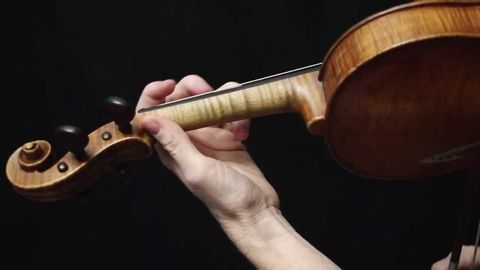
字幕と単語
ヴァイオリン・ヴィブラート:SLOW MOTION:Dos and Don'ts(CC:ポルトガル語、スペイン語、英語、中国語 (Violin Vibrato: SLOW MOTION: Dos and Don'ts (CC: Portuguese, Spanish, Eng, Chinese))
00
王振翰 が 2021 年 01 月 14 日 に投稿保存
動画の中の単語
pressure
US /ˈprɛʃɚ/
・
UK /'preʃə(r)/
- n. (c./u.)重圧 : プレッシャー;圧力;説得;プレッシャー;圧力 (物理);圧力 (印刷);時間的プレッシャー;政治的圧力;血圧
- v.t.圧力をかける;強く説得する
A2 初級TOEIC
もっと見る エネルギーを使用
すべての単語を解除
発音・解説・フィルター機能を解除
